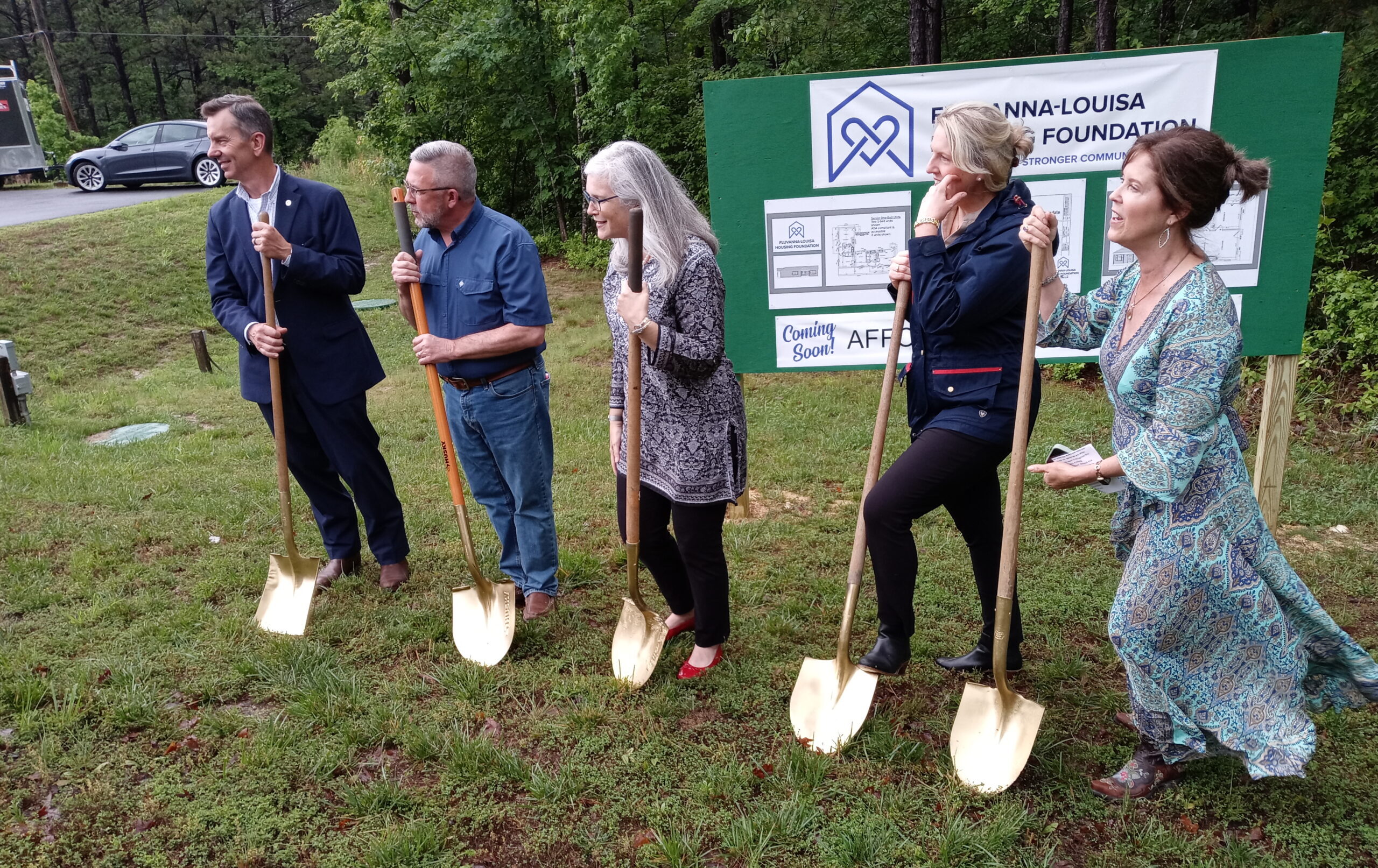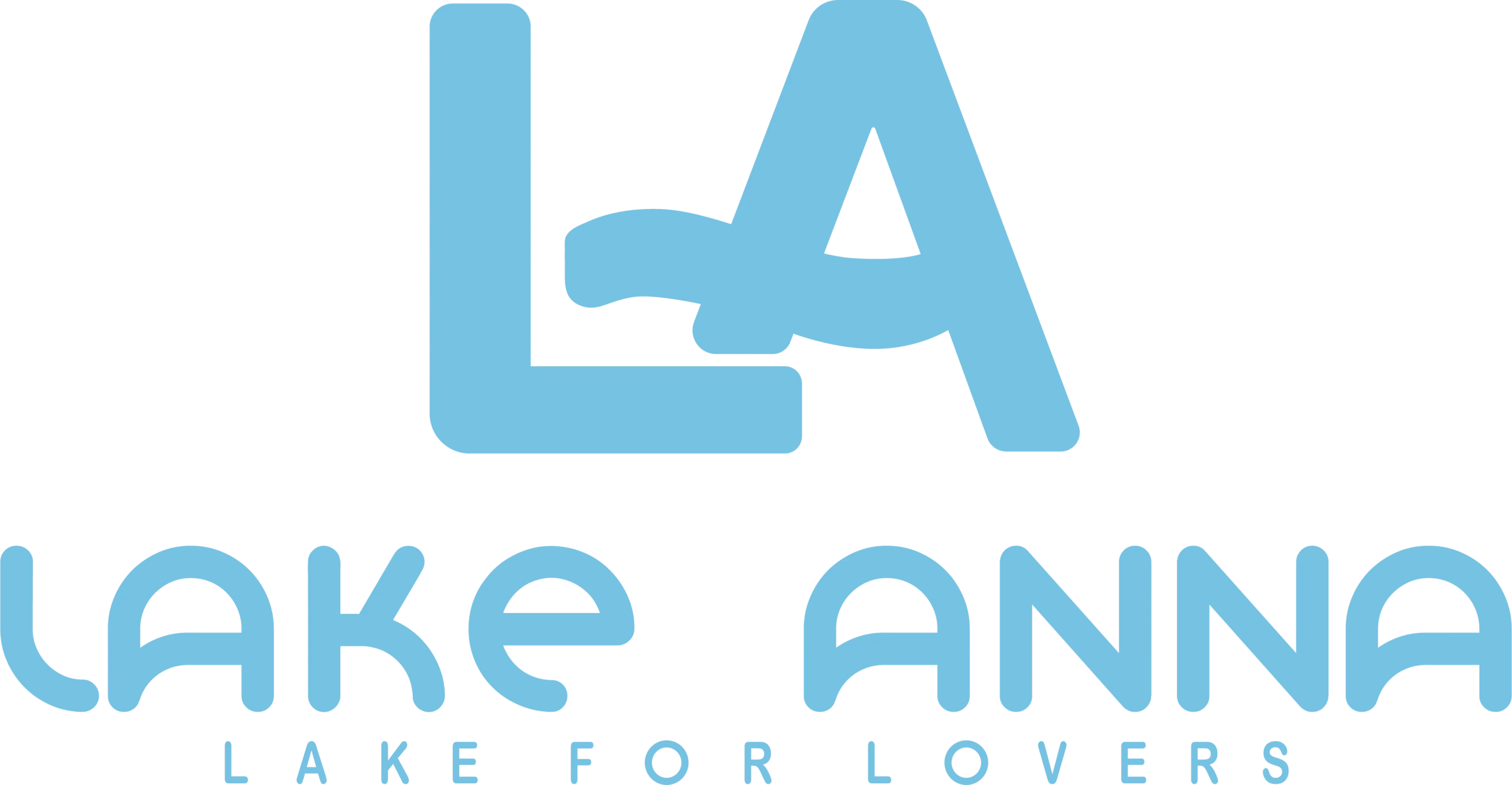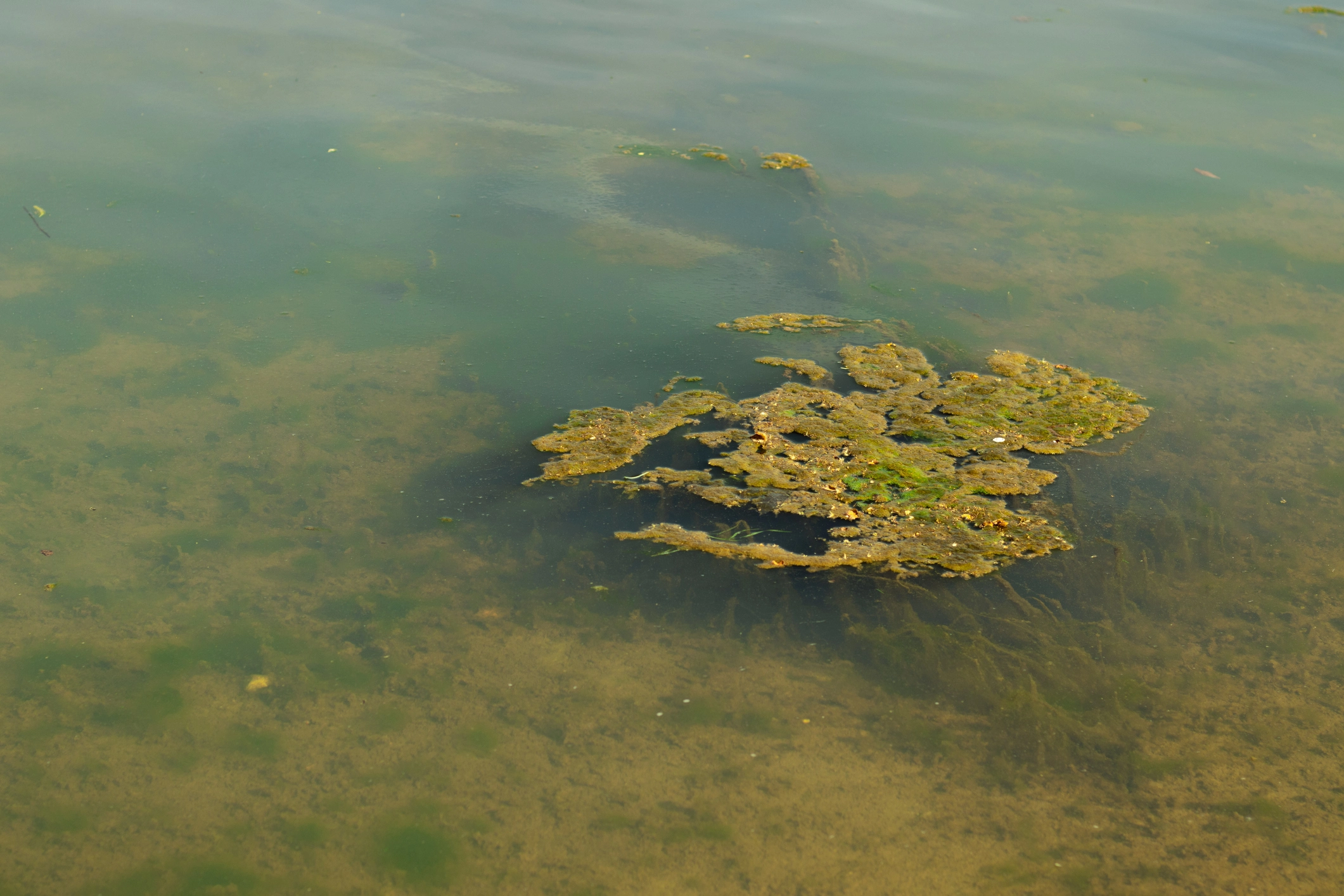
Blue Green Algae isn’t algae, its Cyanobacteria, and it’s the primary culprit behind the Harmful Algae Bloom (HAB) problem at Lake Anna. These microscopic organisms possess the ability to produce toxins, posing risks to both humans and aquatic life.
HAB occurrences in Lake Anna are not uniform across the entire lake but tend to concentrate in specific regions, particularly in the northern areas. The northern branch, including Upper Pamunkey, has historically experienced more frequent and severe blooms compared to other parts of the lake.
Indeed, HABs result from a combination of factors, including excess nutrients like nitrogen and phosphorus. These nutrients, sourced from things like agricultural runoff from farmland and urban development, fuel the rapid growth of cyanobacteria, disrupting the lake’s ecological balance.
While some believe farmland plays a role, Harry Looney, Water Quality Program Manager at the Lake Anna Civic Association (LACA), emphasizes the complexity of the issue: “There’s no silver bullet, and you can’t point your finger at just one thing and say ‘if we stop this, the lake will return to a normal ecological balance.’ ”
A recreational advisory is issued by the Virginia Health Department when water samples indicate elevated levels of toxins or the presence of HABs. While such advisories serve as warnings to the public, they don’t necessarily prohibit swimming or fishing outright. Instead, they advise precautions to minimize exposure to potentially harmful conditions.
Looney explains, “We’ve been testing for years,” underscoring the ongoing commitment to addressing the issue. According to Looney, LACA has added weekly sampling to troublesome areas of the lake in the Northern area, but they aren’t convinced that blooms don’t occur south of the 208 Bridge. However, the task remains daunting, with no quick-fix solution in sight.
Is Cyanobacteria Actually Dangerous?
“One of the best ways for a homeowner to know…” Looney explains about identifying the bacteria, “…is to use our eyes. If there’s scum on the surface, it’s probably an area you don’t want to be in. Even if it’s not Cyanobacteria, which could just be normal algae that doesn’t produce toxins.”
Not all Cyanobacteria stands have the gene that will allow them to produce toxins, and those that do have the gene aren’t always acitvely producing toxins.
“That’s the condition that we see at the lake,” explains Looney. “We have very high cell counts or biomass, but low-ish toxin levels. We’ve never had an advisory due to toxins. They’ve been due to cell count thresholds. Which can cause reaction especially if you swallow or get it in a cut, like gastrointestinal distress, vomiting, etc, even without dealing with the toxins. There are two main types of toxins, one is a liver toxin, killing the liver cells, and it doesn’t take a lot… the other kind affects the brain. Both of these can result in death. There have been dog deaths in North Carolina, and even herds of elephants in Africa.”
Mitigation, Remediation and Prevention
In addition to the health department samples, LACA has been heavily involved in not only studying the blooms, but lobbying the state for mitigation funds.
LACA has adopted a multifaceted approach, focusing on mitigation, remediation, and prevention strategies. Mitigation efforts, described as “band-aids,” aim to temporarily alleviate the symptoms of HABs. Remediation initiatives target the root causes by reducing nutrient inputs into the lake. Prevention measures, though long-term and resource-intensive, offer sustainable solutions for restoring ecological balance. Looney emphasizes the importance of phosphorus reduction, citing its significant impact on HAB proliferation.
One notable achievement in the fight against HABs is the allocation of state funding earmarked for Lake Anna’s mitigation efforts. This funding was secured through advocacy efforts in collaboration with local governments and legislative representatives. Lake Anna Advisory Committee will be administering the execution of the plan and funds, and are using LACA data and additional state health studies to help them decide who and what will be done with the funding. The funding award decision is being made and should be announced online, if it hasn’t already. Go to https://lakeanna.online for more information.

Hi! I’m Jennifer Bailey and I partner with entrepreneurs who have massive ideas that could change the world. Most marketing is meaningless. Filled with empty promises, its only job is to bring in new traffic, new leads, and new customers. But I’ve drawn a line in the sand, and I’ve learned that marketing can do so much more than reach business goals and build profit. My methods give businesses the fire and soul they need to reach the right people, set the groundwork for sustainable relationships, and offer true value to the people on both the giving and receiving ends of marketing.
Subscribe for Updates
Sponsors
latest articles
Plan Ahead for a Safe and Sober Holiday Weekend on the Water [Photo Gallery]
![Featured image for “Plan Ahead for a Safe and Sober Holiday Weekend on the Water [Photo Gallery]”](https://lakeanna.online/wp-content/uploads/2025/06/DFW-RIde-Along-8104.jpg)
Fully Community-Funded Rescue Boat Brings Life-Saving Power to the Water
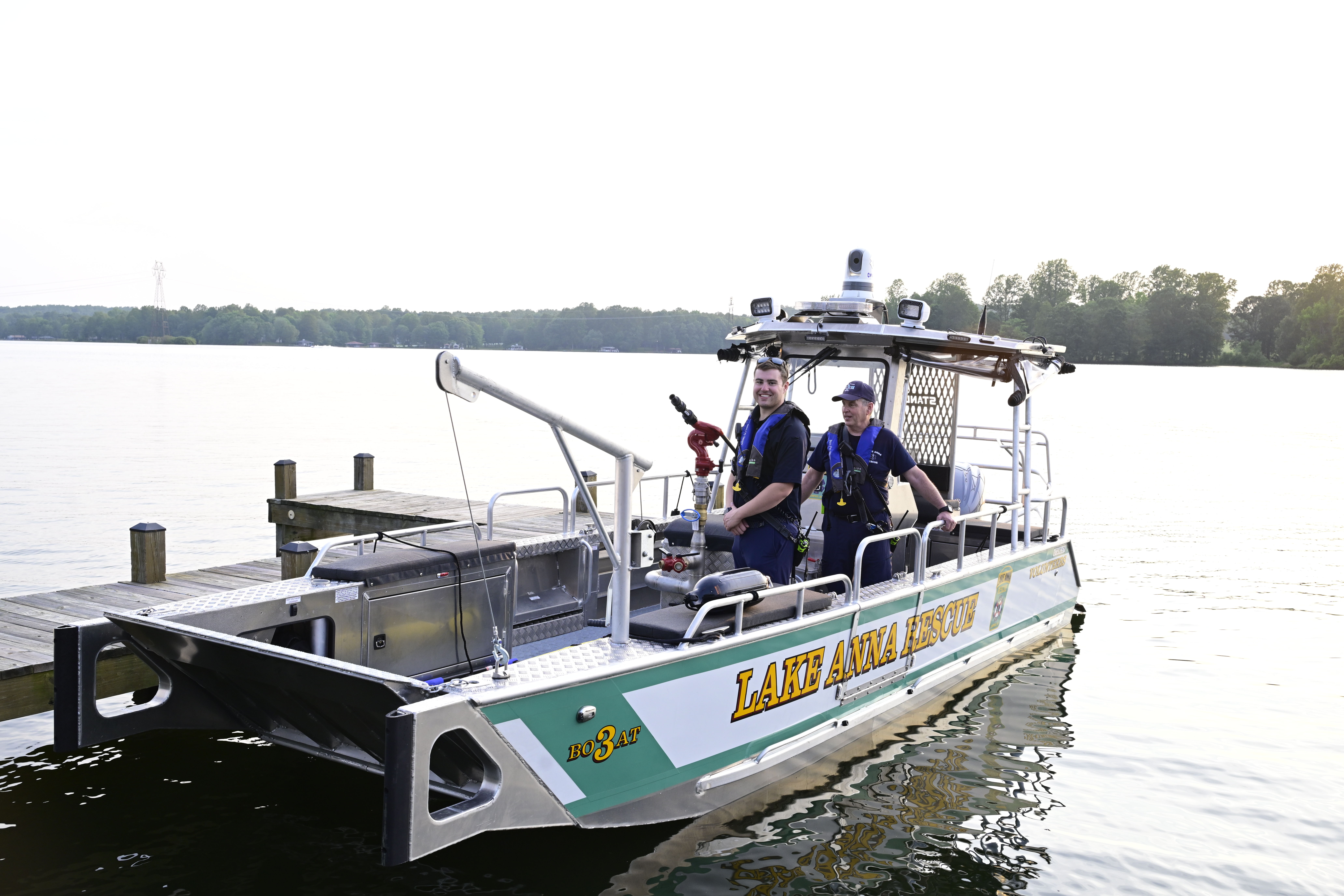
[Sponsored] Holmes on Homes: Business Built on Trust, Grit and Quality
![Featured image for “[Sponsored] Holmes on Homes: Business Built on Trust, Grit and Quality”](https://lakeanna.online/wp-content/uploads/2025/06/FinalHolmes-1.jpg)
Jet Boat Community Celebrates Service and Safety at 2025 Lake Anna Invasion
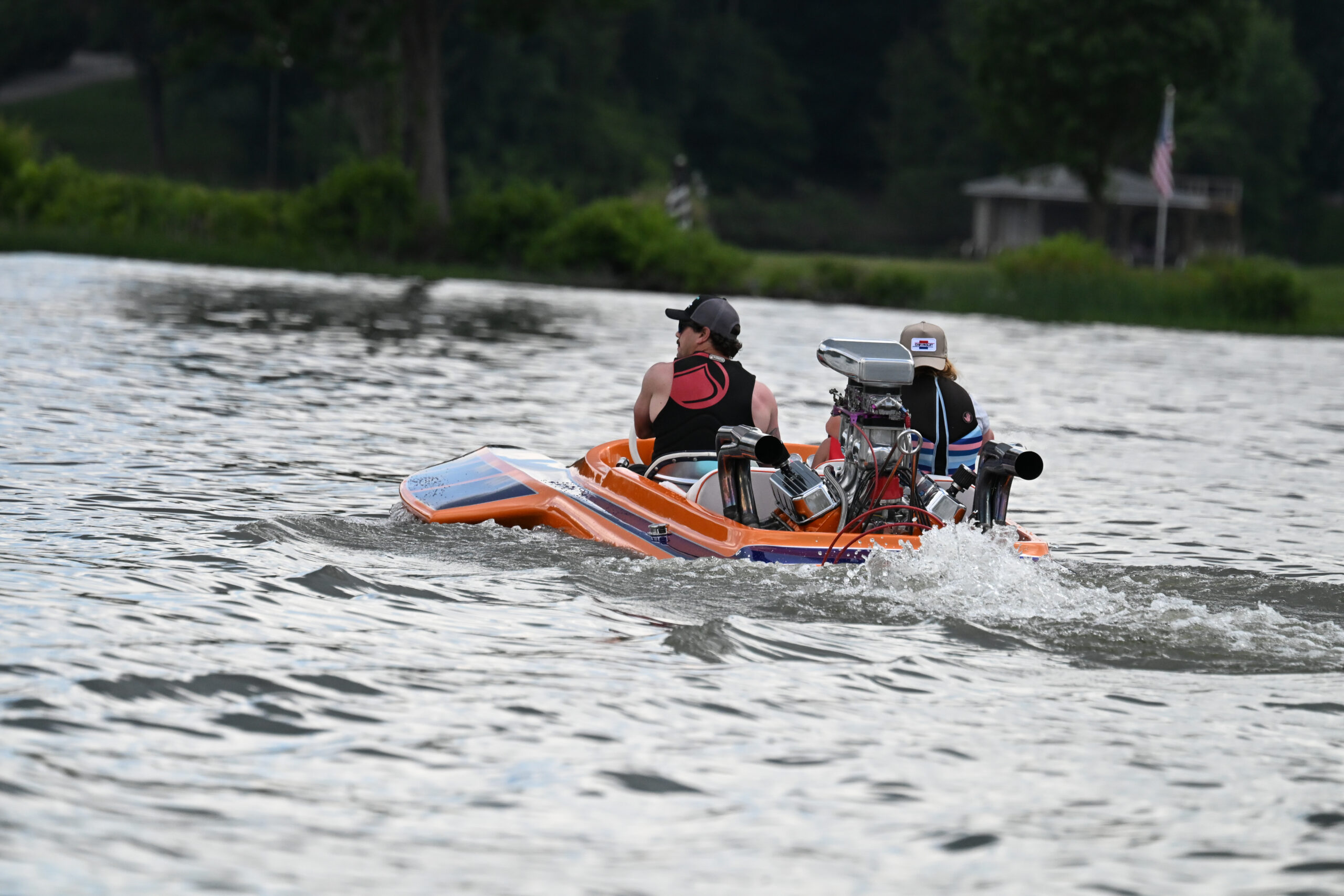
Best of Lake Anna Corrections & Announcements

Barometric Tides, Explained
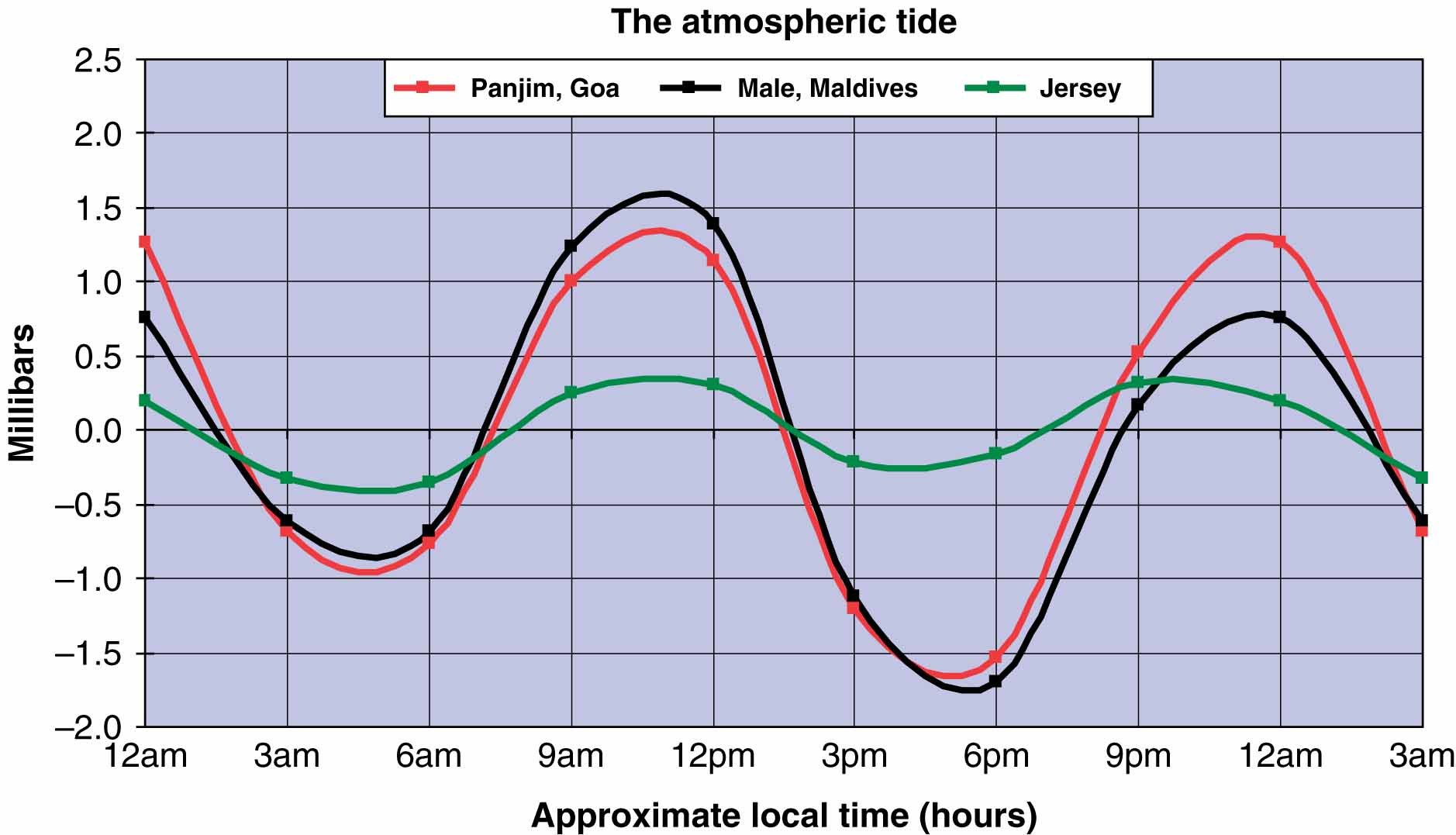
Blue Green Algae isn’t algae, its Cyanobacteria, and it’s the primary culprit behind the Harmful Algae Bloom (HAB) problem at Lake Anna. These microscopic organisms possess the ability to produce toxins, posing risks to both humans and aquatic life.
HAB occurrences in Lake Anna are not uniform across the entire lake but tend to concentrate in specific regions, particularly in the northern areas. The northern branch, including Upper Pamunkey, has historically experienced more frequent and severe blooms compared to other parts of the lake.
Indeed, HABs result from a combination of factors, including excess nutrients like nitrogen and phosphorus. These nutrients, sourced from things like agricultural runoff from farmland and urban development, fuel the rapid growth of cyanobacteria, disrupting the lake’s ecological balance.
While some believe farmland plays a role, Harry Looney, Water Quality Program Manager at the Lake Anna Civic Association (LACA), emphasizes the complexity of the issue: “There’s no silver bullet, and you can’t point your finger at just one thing and say ‘if we stop this, the lake will return to a normal ecological balance.’ ”
A recreational advisory is issued by the Virginia Health Department when water samples indicate elevated levels of toxins or the presence of HABs. While such advisories serve as warnings to the public, they don’t necessarily prohibit swimming or fishing outright. Instead, they advise precautions to minimize exposure to potentially harmful conditions.
Looney explains, “We’ve been testing for years,” underscoring the ongoing commitment to addressing the issue. According to Looney, LACA has added weekly sampling to troublesome areas of the lake in the Northern area, but they aren’t convinced that blooms don’t occur south of the 208 Bridge. However, the task remains daunting, with no quick-fix solution in sight.
Is Cyanobacteria Actually Dangerous?
“One of the best ways for a homeowner to know…” Looney explains about identifying the bacteria, “…is to use our eyes. If there’s scum on the surface, it’s probably an area you don’t want to be in. Even if it’s not Cyanobacteria, which could just be normal algae that doesn’t produce toxins.”
Not all Cyanobacteria stands have the gene that will allow them to produce toxins, and those that do have the gene aren’t always acitvely producing toxins.
“That’s the condition that we see at the lake,” explains Looney. “We have very high cell counts or biomass, but low-ish toxin levels. We’ve never had an advisory due to toxins. They’ve been due to cell count thresholds. Which can cause reaction especially if you swallow or get it in a cut, like gastrointestinal distress, vomiting, etc, even without dealing with the toxins. There are two main types of toxins, one is a liver toxin, killing the liver cells, and it doesn’t take a lot… the other kind affects the brain. Both of these can result in death. There have been dog deaths in North Carolina, and even herds of elephants in Africa.”
Mitigation, Remediation and Prevention
In addition to the health department samples, LACA has been heavily involved in not only studying the blooms, but lobbying the state for mitigation funds.
LACA has adopted a multifaceted approach, focusing on mitigation, remediation, and prevention strategies. Mitigation efforts, described as “band-aids,” aim to temporarily alleviate the symptoms of HABs. Remediation initiatives target the root causes by reducing nutrient inputs into the lake. Prevention measures, though long-term and resource-intensive, offer sustainable solutions for restoring ecological balance. Looney emphasizes the importance of phosphorus reduction, citing its significant impact on HAB proliferation.
One notable achievement in the fight against HABs is the allocation of state funding earmarked for Lake Anna’s mitigation efforts. This funding was secured through advocacy efforts in collaboration with local governments and legislative representatives. Lake Anna Advisory Committee will be administering the execution of the plan and funds, and are using LACA data and additional state health studies to help them decide who and what will be done with the funding. The funding award decision is being made and should be announced online, if it hasn’t already. Go to https://lakeanna.online for more information.

Hi! I’m Jennifer Bailey and I partner with entrepreneurs who have massive ideas that could change the world. Most marketing is meaningless. Filled with empty promises, its only job is to bring in new traffic, new leads, and new customers. But I’ve drawn a line in the sand, and I’ve learned that marketing can do so much more than reach business goals and build profit. My methods give businesses the fire and soul they need to reach the right people, set the groundwork for sustainable relationships, and offer true value to the people on both the giving and receiving ends of marketing.
Subscribe for Updates
Sponsors
latest articles
Plan Ahead for a Safe and Sober Holiday Weekend on the Water [Photo Gallery]
![Featured image for “Plan Ahead for a Safe and Sober Holiday Weekend on the Water [Photo Gallery]”](https://lakeanna.online/wp-content/uploads/2025/06/DFW-RIde-Along-8104.jpg)
Fully Community-Funded Rescue Boat Brings Life-Saving Power to the Water

[Sponsored] Holmes on Homes: Business Built on Trust, Grit and Quality
![Featured image for “[Sponsored] Holmes on Homes: Business Built on Trust, Grit and Quality”](https://lakeanna.online/wp-content/uploads/2025/06/FinalHolmes-1.jpg)
Jet Boat Community Celebrates Service and Safety at 2025 Lake Anna Invasion

Best of Lake Anna Corrections & Announcements

Barometric Tides, Explained


Belmont Ruritan Clubs Award $26,000 in Scholarships to Local Seniors
Article By Jen Bailey

Exclusive Golf Excursions for Cutalong Members
Article By Jen Bailey
